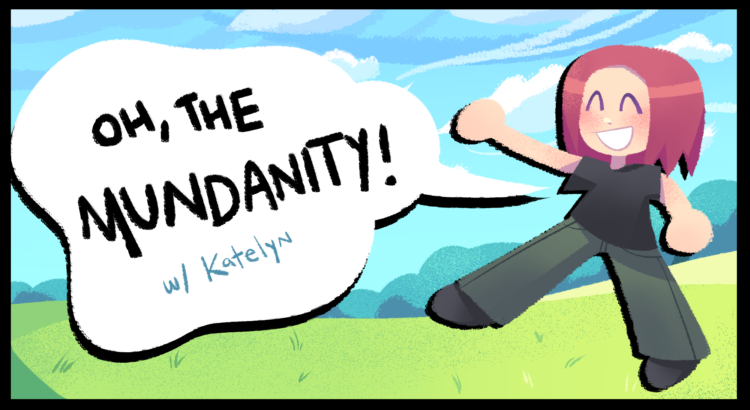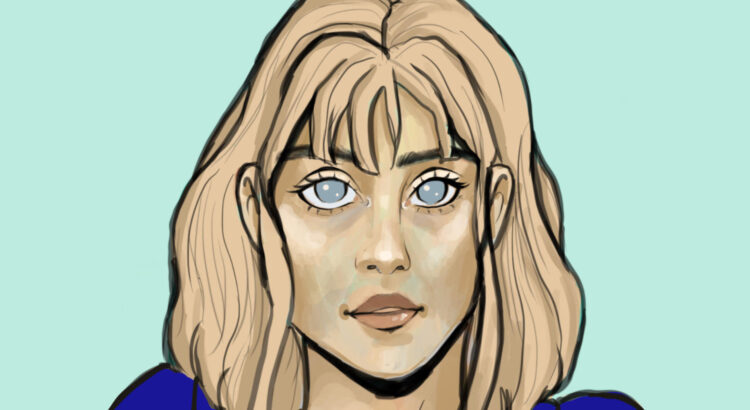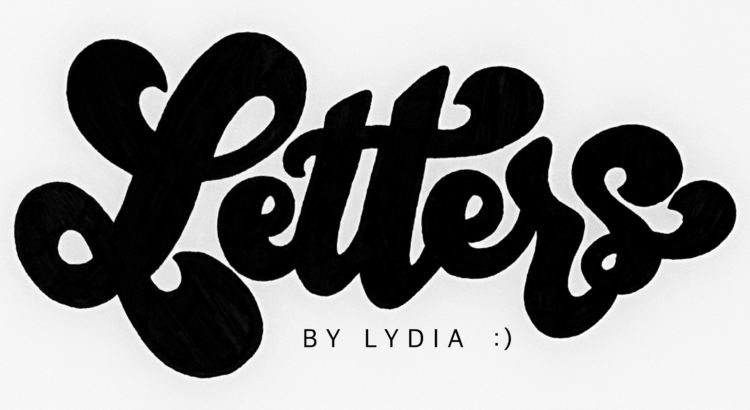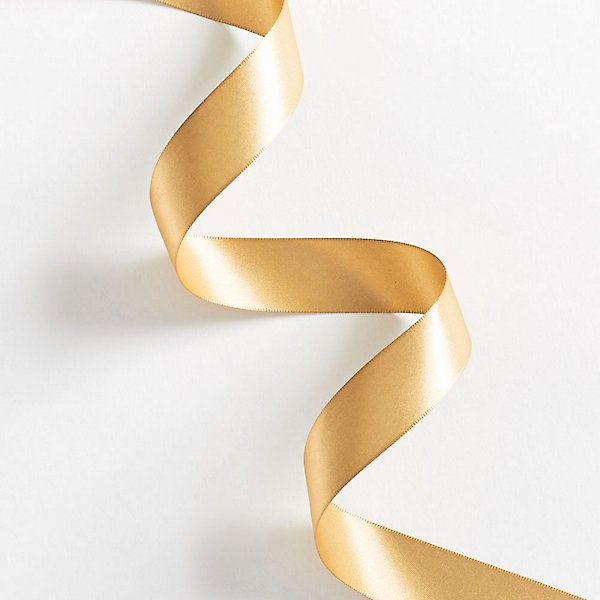
There’s always something odd about revisiting media you liked in middle school. I picked up reading “Homestuck” for the first time in about eight years, and I almost felt the puberty-acne reforming across my face. My mind and body transported to my middle school’s halls, where I would scramble to my locker in-between classes to secretly read just one more page on my phone. As I read, I could even smell the notebook paper I’d draw the characters on as a kid. I have so closely tied this webcomic with every scent, sight, and feeling of uncomfortable adolescence, but despite this discomfort, I was glued to the screen as I reread it. I found myself recontextualizing, finding a way to integrate it into my adult life instead of sulking in the past. Homestuck is just as fun as when I was younger, it turns out. I felt my consciousness transporting into some plane transcending space and time, chatting with my younger self and saying, “Hey, you actually have good taste, and that’s really shocking because all I can remember about you is how sad and cringeworthy you were.” I learned to appreciate that younger Katelyn a bit more. Media has helped me through a lot, and I’m grateful that I’m able to look back and see how much I’ve grown via this silly webcomic. Have a good week everyone!
















 When it comes to actually using this technique, the first thing you need to do is make sure you’re holding the highlighter the right way. Instead of holding it like you would to highlight a something, where it draws a thick line horizontally, you want it to be the opposite way; once you’ve rotated your pen so you’re holding it correctly, it will draw a thin horizontal line and a thick vertical line. Then you can start writing! You want to keep your pen oriented that same way the whole time, because that’s what will give you this kind of 3D/layered ribbon effect. Another tip is to keep your strokes simple, especially when you’re first starting out. For example, instead of writing a lowercase “a” like you would in your normal handwriting, it might be easier to write it as a circle connected to a vertical line.
When it comes to actually using this technique, the first thing you need to do is make sure you’re holding the highlighter the right way. Instead of holding it like you would to highlight a something, where it draws a thick line horizontally, you want it to be the opposite way; once you’ve rotated your pen so you’re holding it correctly, it will draw a thin horizontal line and a thick vertical line. Then you can start writing! You want to keep your pen oriented that same way the whole time, because that’s what will give you this kind of 3D/layered ribbon effect. Another tip is to keep your strokes simple, especially when you’re first starting out. For example, instead of writing a lowercase “a” like you would in your normal handwriting, it might be easier to write it as a circle connected to a vertical line. The next step is figuring out the “layers”, so to speak. For this part, it’s super helpful to think of what an actual ribbon would look like. In this photo I got from the Papersource website, you get a really good sense of what I mean by the layers of the ribbon.When trying to figure this out with your own letters, you want to look for junctions where there’s some overlap, which I tried to illustrate in the diagrams below. For ribbon lettering, there are a ton of options in terms of style, so you can either outline the sections of each letter, color in the “shadowy” parts, or do both! I showed both examples so you can get a sense of how they each work.
The next step is figuring out the “layers”, so to speak. For this part, it’s super helpful to think of what an actual ribbon would look like. In this photo I got from the Papersource website, you get a really good sense of what I mean by the layers of the ribbon.When trying to figure this out with your own letters, you want to look for junctions where there’s some overlap, which I tried to illustrate in the diagrams below. For ribbon lettering, there are a ton of options in terms of style, so you can either outline the sections of each letter, color in the “shadowy” parts, or do both! I showed both examples so you can get a sense of how they each work.


